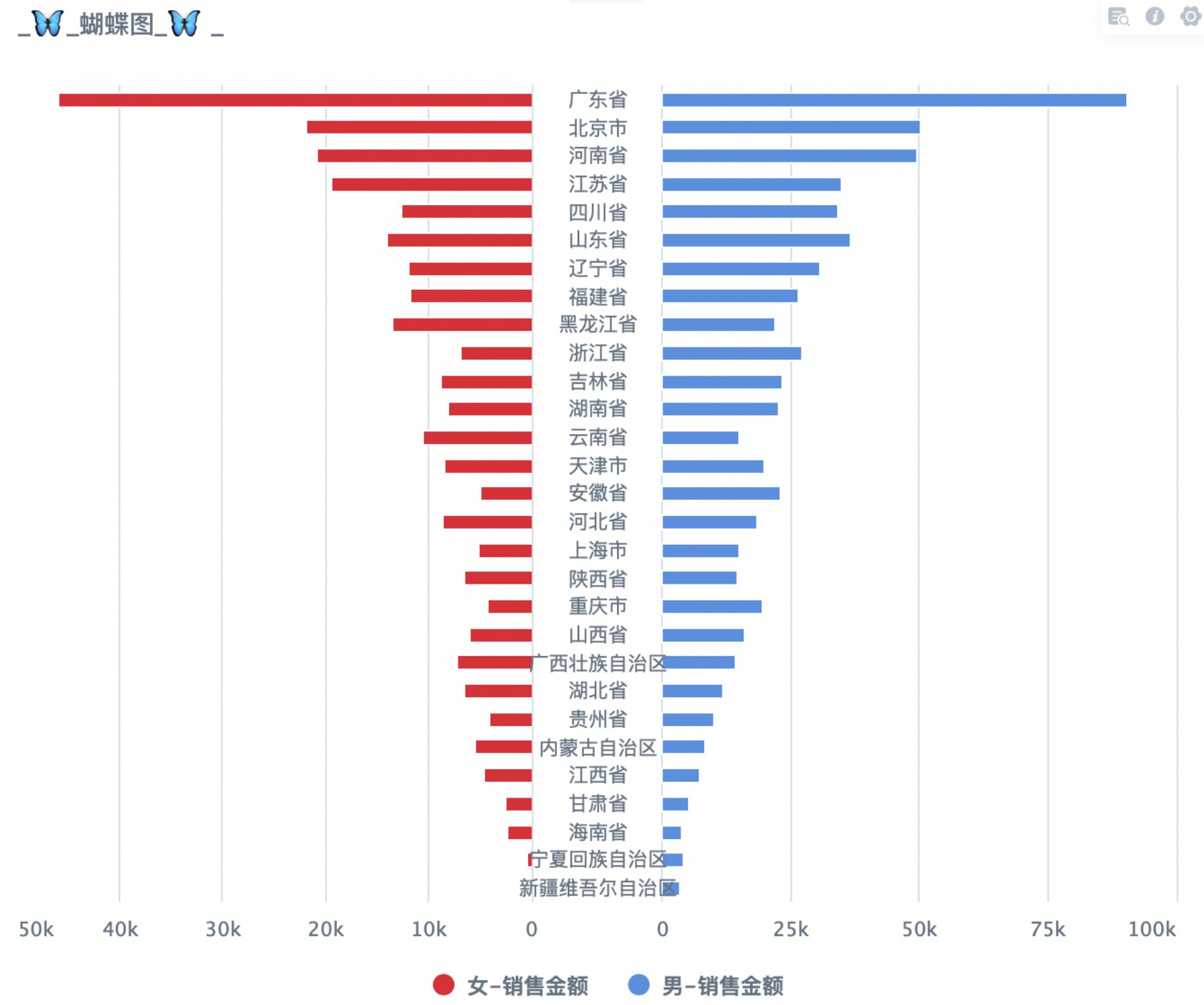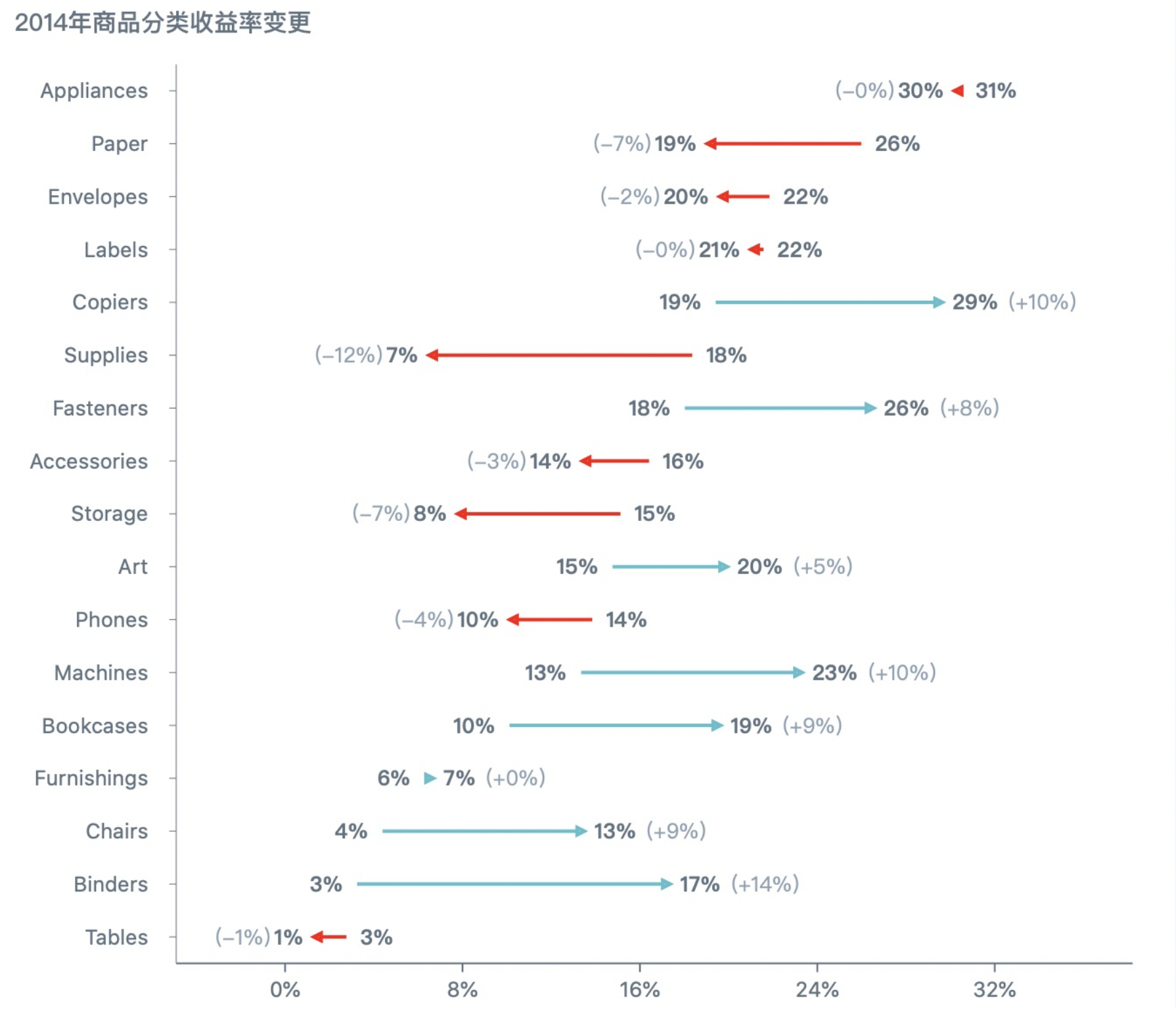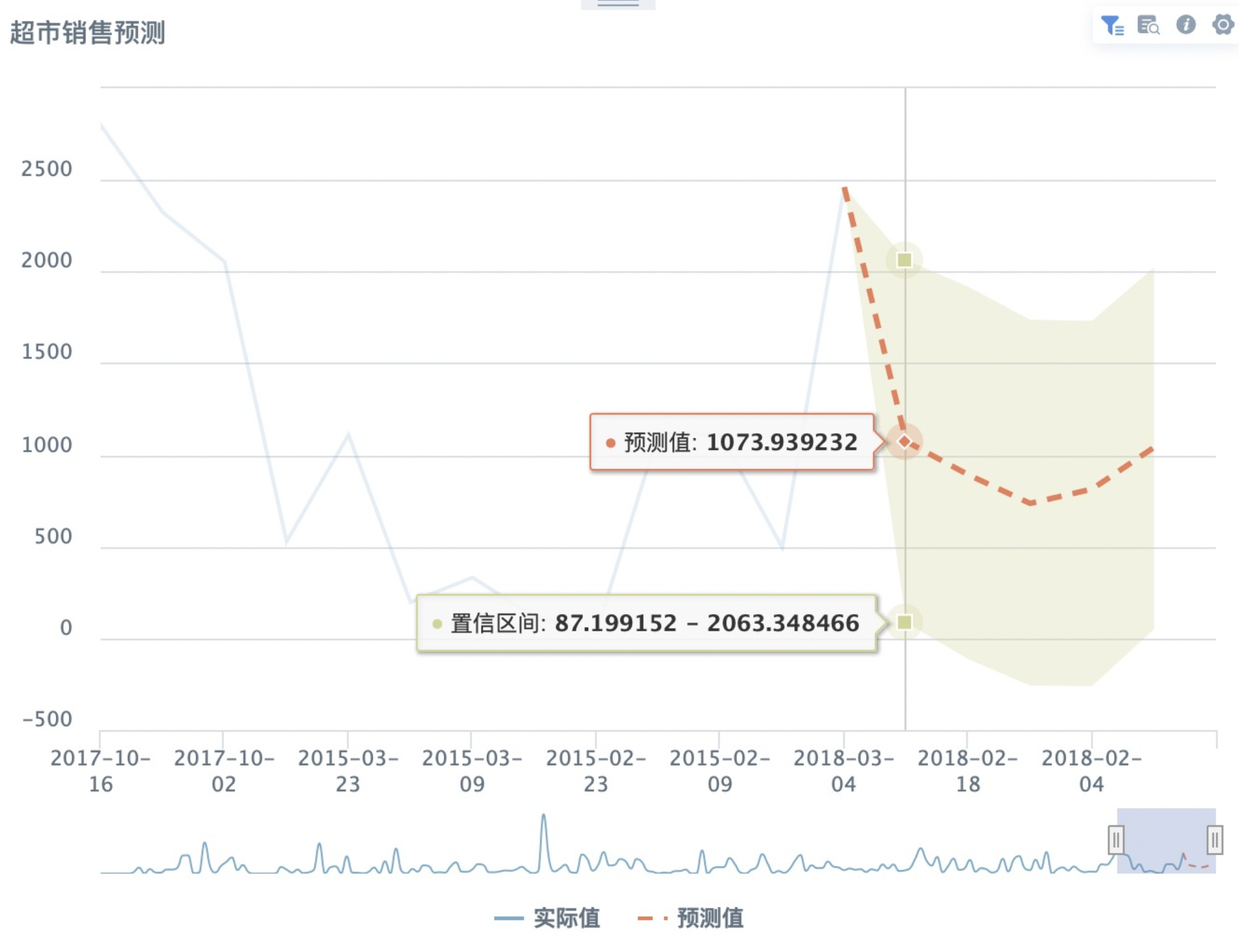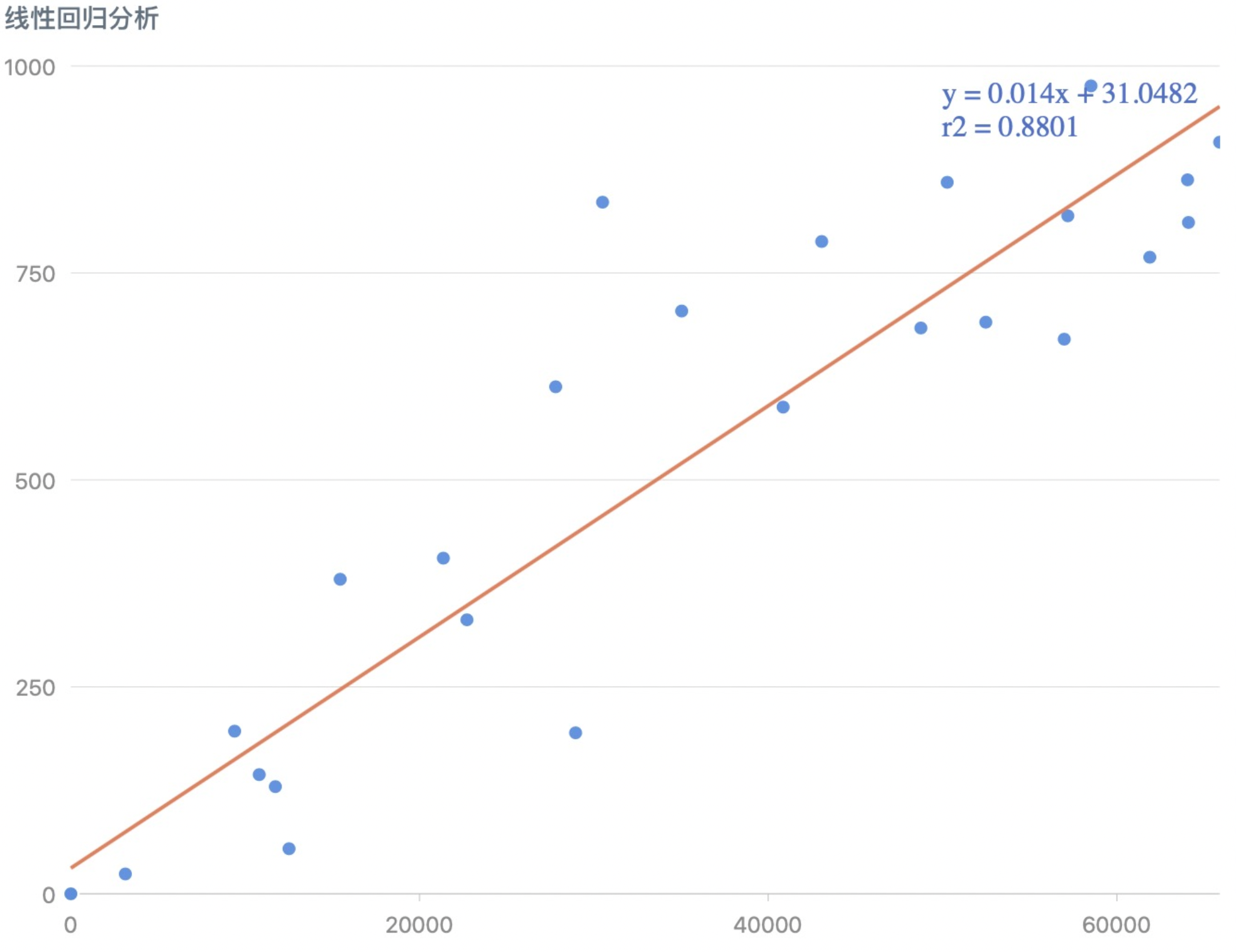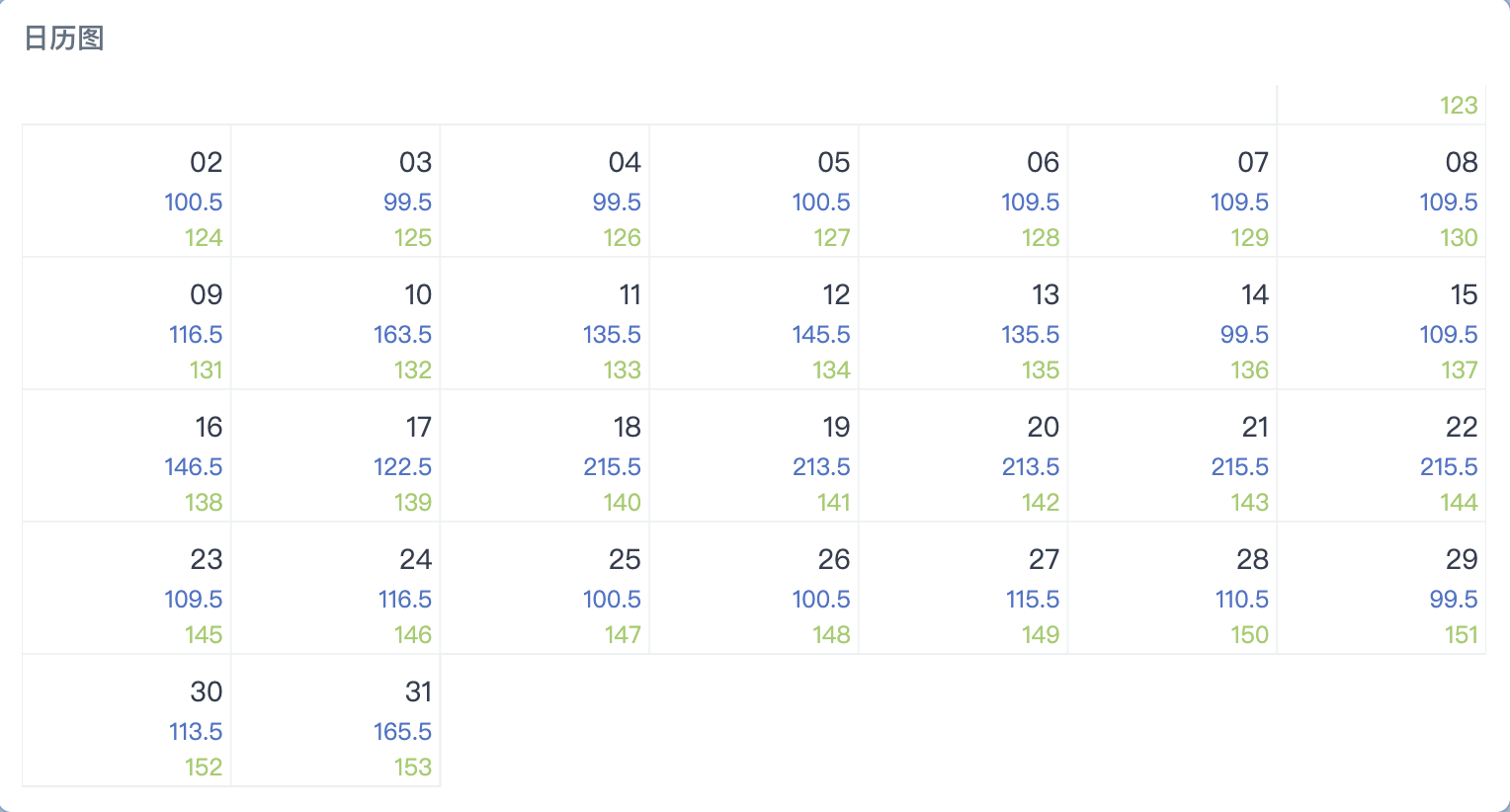Visualization Plugin Overview
1. Visualization Plugin Overview
Visualization plugins, like custom visualization charts, are visualization capability extensions developed based on Guandata's visualization SDK. On the Guandata platform, you can create custom visualization charts or install existing plugins by downloading them. While custom visualization charts can extend various visualization types when necessary, they do require certain frontend development capabilities from users.
Therefore, to further lower the threshold for creating visualization charts, Guandata will help users achieve data visualization extension needs faster and more conveniently by building a visualization cloud marketplace.
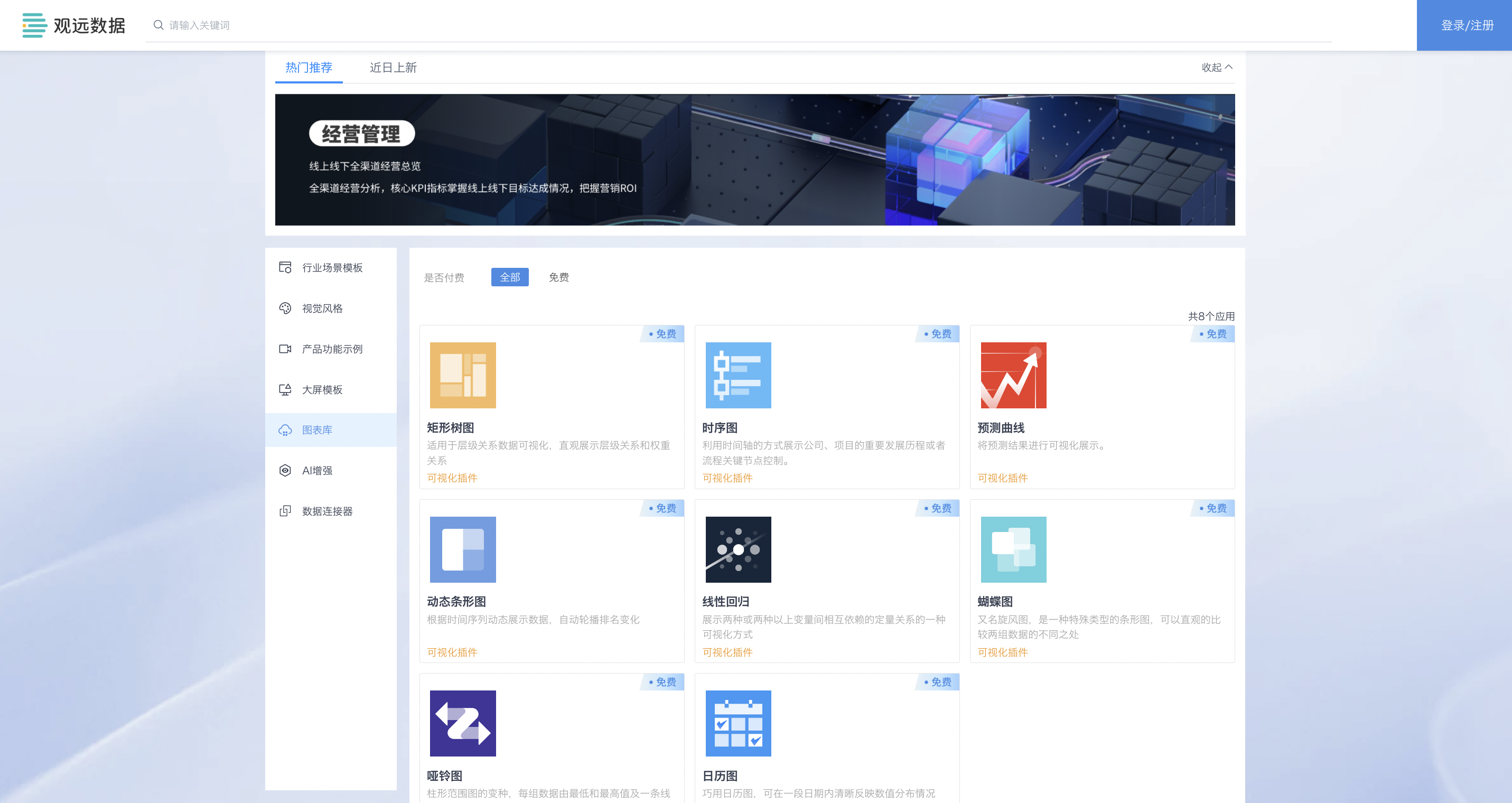
2. Visualization Plugin Types
Users can search and download their preferred visualization plugins in Cloud Marketplace > Chart Library, and add new visualization types through the Visualization Extensions > Install Plugin entry (requires administrator privileges). Guandata BI provides 8 types of visualization plugins in the cloud marketplace, which will be specifically described in this section.
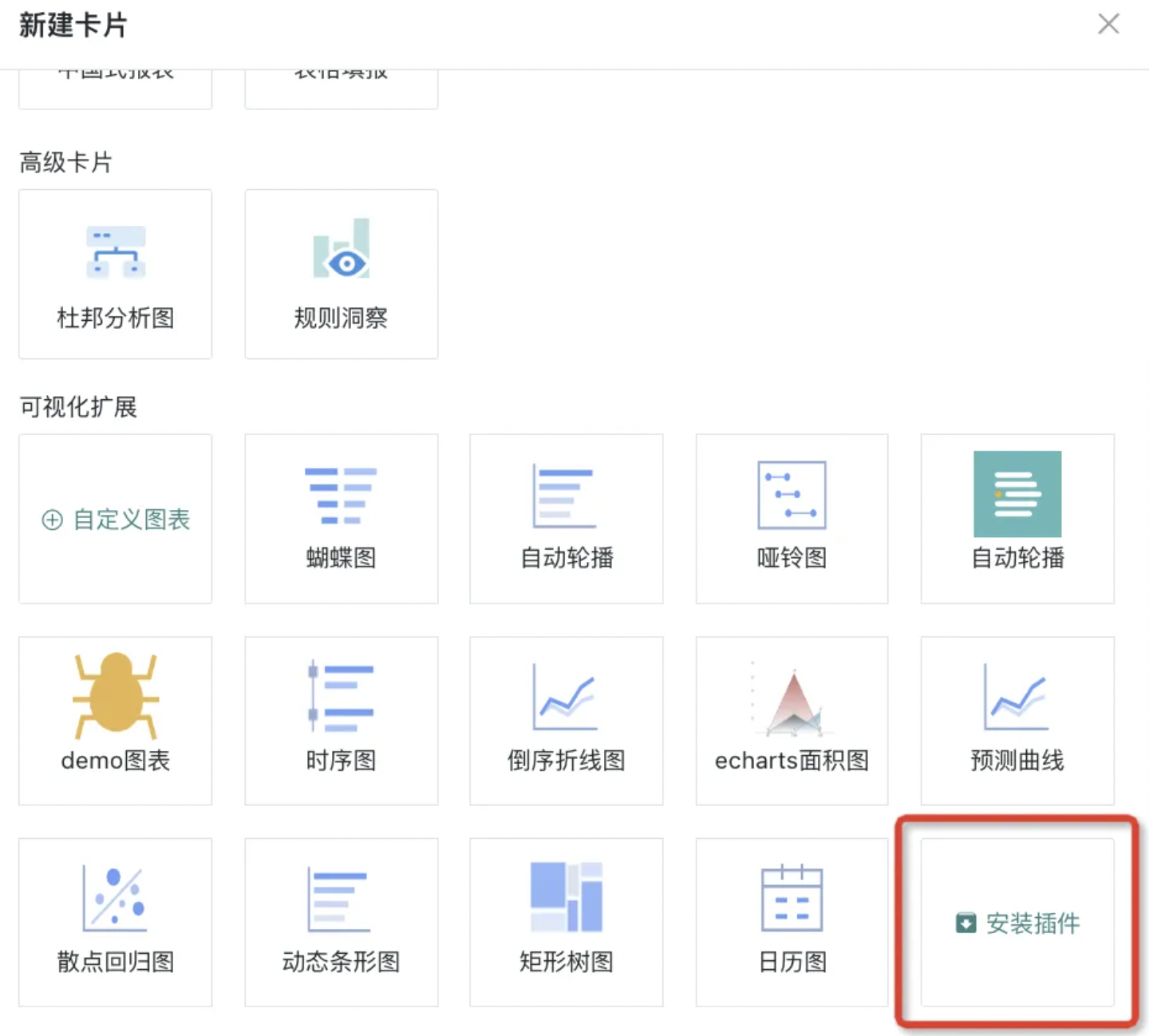
2.1. Treemap
Treemap is suitable for hierarchical relationship data visualization. It represents the hierarchical structure of data through nested rectangles, where the area size of each rectangle intuitively reflects the weight or value size of that hierarchy or node, clearly displaying hierarchical relationships and weight relationships.
For example, when analyzing provincial category orders, treemap can display different provinces, different stores, different categories, and their hierarchical relationships. Through the area size of rectangles, you can intuitively see which categories sell better in which provinces, thereby optimizing inventory management and sales strategies.
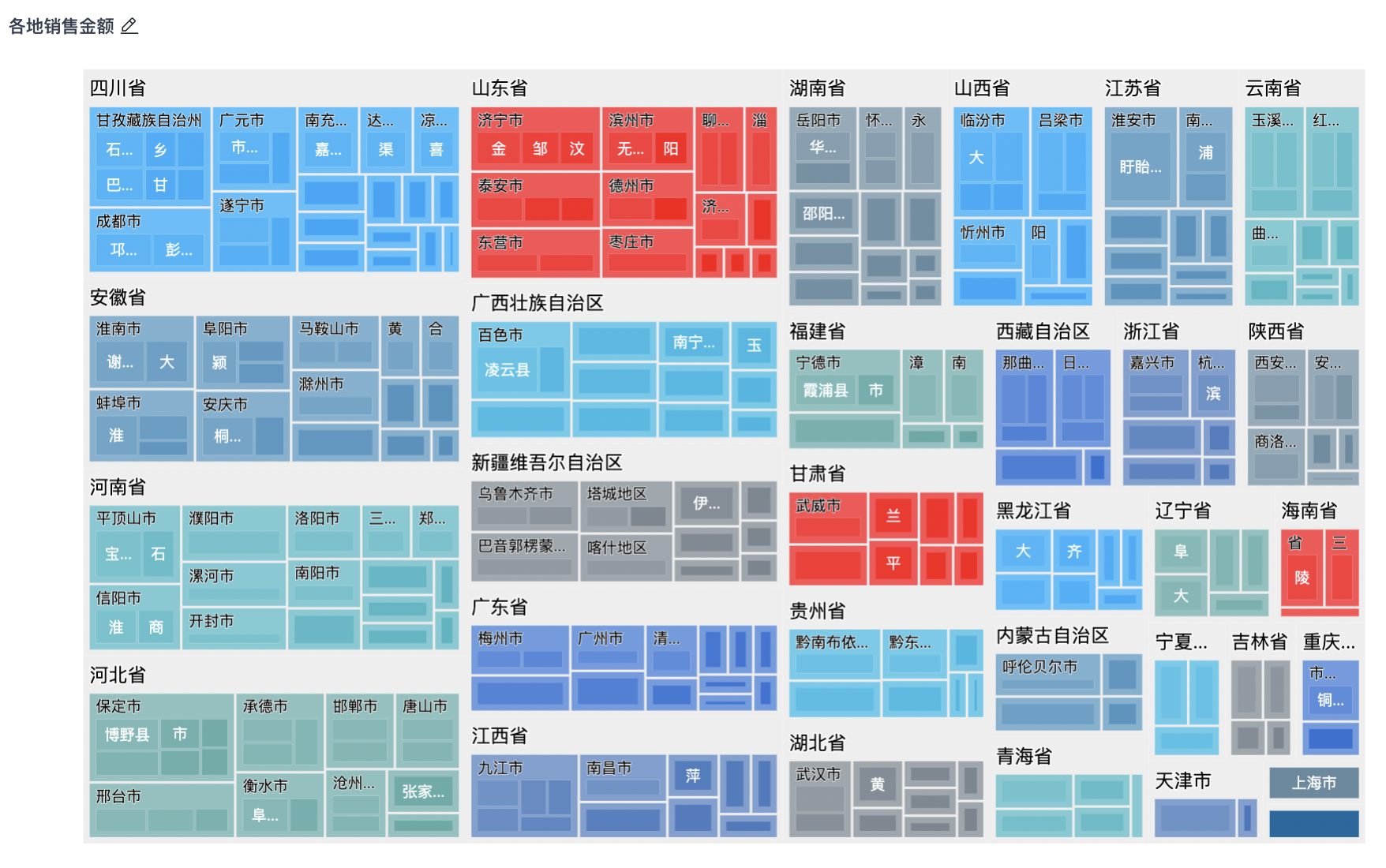
Note: The treemap in the cloud marketplace supports adding multiple (more than two) dimensions, while Guandata BI's built-in visualization chart - treemap supports a maximum of only two dimensions.
2.2. Timeline Chart
Timeline chart displays data point change trends through a time axis, widely used for tracking, analyzing, and understanding various phenomena that change over time.
For example, in analysis dashboards, users can use timeline charts to display important development milestones of companies or projects, or control key process nodes.

2.3. Dynamic Bar Chart
Dynamic bar chart is a real-time dynamic bar chart mainly used to display data changes over a period of time, dynamically showing data changes over time through playback.
For example, in sales analysis, use dynamic bar chart to display "Annual Sales Changes", where the time axis can be months or quarters, and the height of the bars represents sales volume in that time period, clearly showing sales fluctuations and change trends.
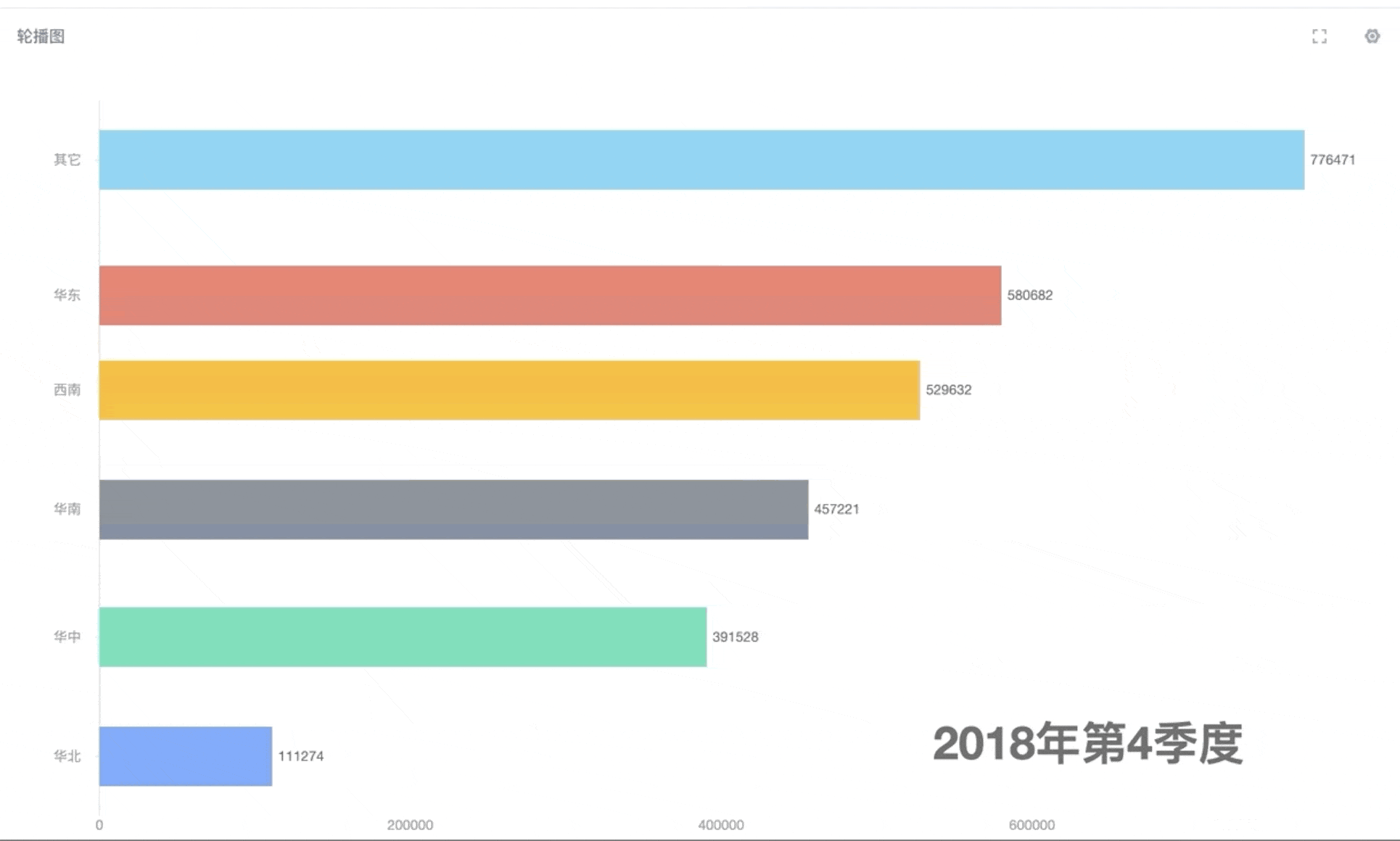
2.4. Butterfly Chart
Butterfly chart is a special type of bar chart that can very intuitively compare the differences between two sets of data, mainly used to compare two sets of data with the same classification.
For example, in sales analysis, butterfly chart can be used to display the specific situation of order quantities and sales quantities under different provinces.
2.5. Dumbbell Chart
Dumbbell chart is a dumbbell-shaped visualization graphic. Each set of data consists of the lowest and highest values and a connecting line, mainly used to represent the transition process of a certain indicator.
For example, in the figure below, dumbbell chart can be used to display the profit margin transition of various products in 2014.
2.6. Forecast Curve
Forecast curve is a visual display of forecast results. It is commonly used to display the predicted trend of a variable over time, helping users intuitively understand the results of prediction models and identify possible trends. In business scenarios, it can be used in conjunction with the one-click prediction operator in Smart ETL to visualize prediction results.
For example, when predicting the stock market, forecast curves display stock price trends over time, helping investors make wiser investment decisions.
2.7. Linear Regression
Linear regression chart can be used to represent the linear relationship between two indicators. The drawing method of linear regression chart is basically the same as scatter plot, but it will draw a linear regression line on the basis of scatter plot and provide the regression equation and coefficient of determination R².
For example, in the field of marketing, linear regression chart can be used to analyze market data, such as the relationship between advertising investment and sales, the relationship between product price and sales volume, etc. Through linear regression chart, marketing personnel can understand the impact of different factors on sales and predict future sales trends based on the regression equation and R² value.
2.8. Calendar Chart
Calendar chart records time series data by date and displays it in a two-dimensional graphic in calendar format, while using different colors to represent different values of observed data. It can clearly reflect value distribution over a period of dates, helping analysts analyze certain data across time spans.
For example, in sales analysis, users can use calendar chart to display daily sales data, helping sales teams identify sales peaks and troughs.
3. Visualization Plugin Development
If you have certain frontend development capabilities and want to extend various visualization types, you can develop custom visualization plugins on the Guandata platform. For specific development guidelines, please refer to [Visualization Plugin Development Guide](1-Visualization Plugin Development Guide.md).
